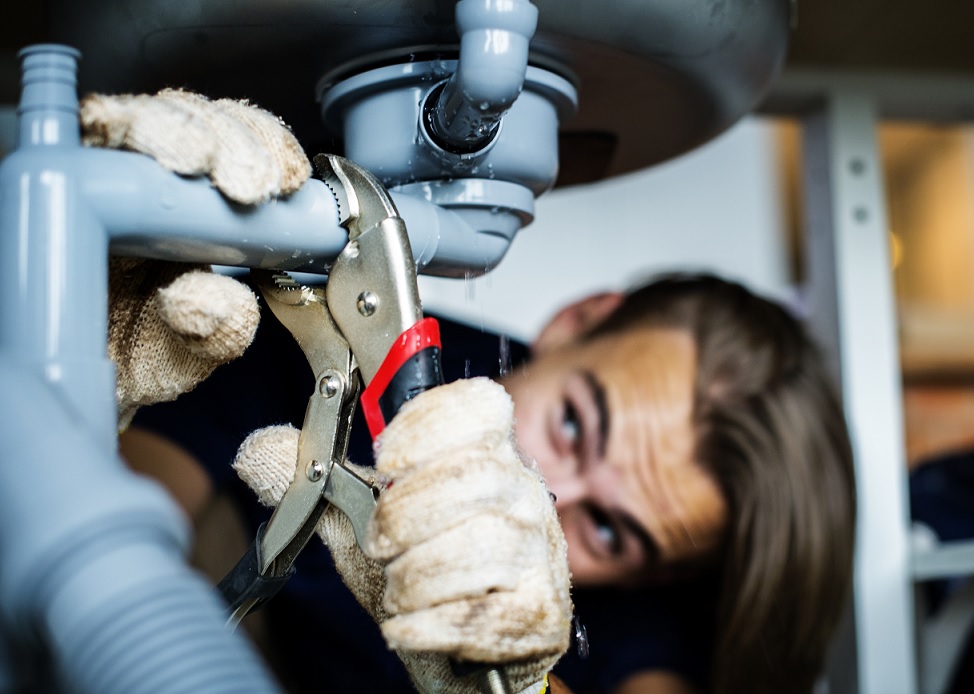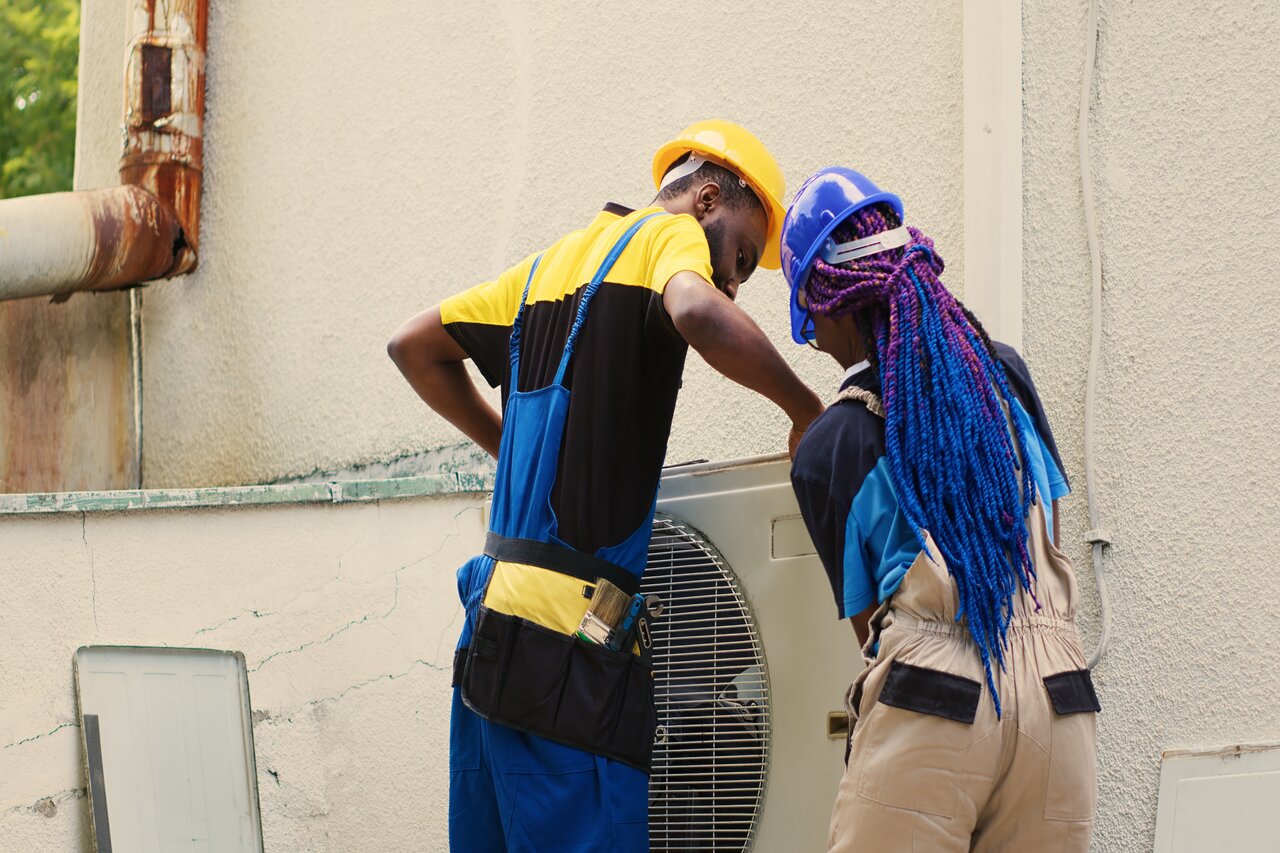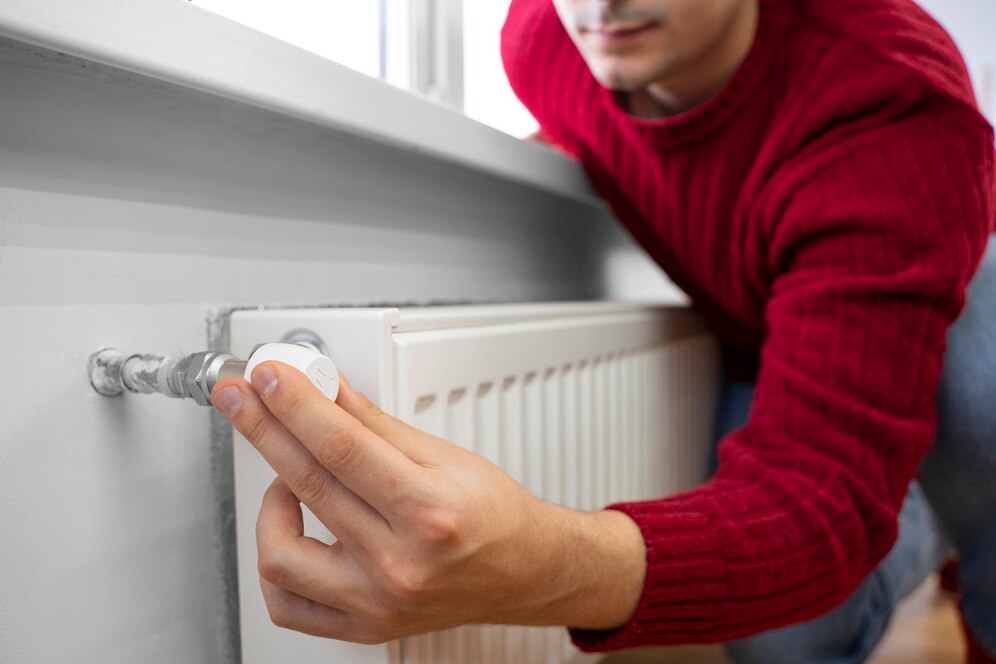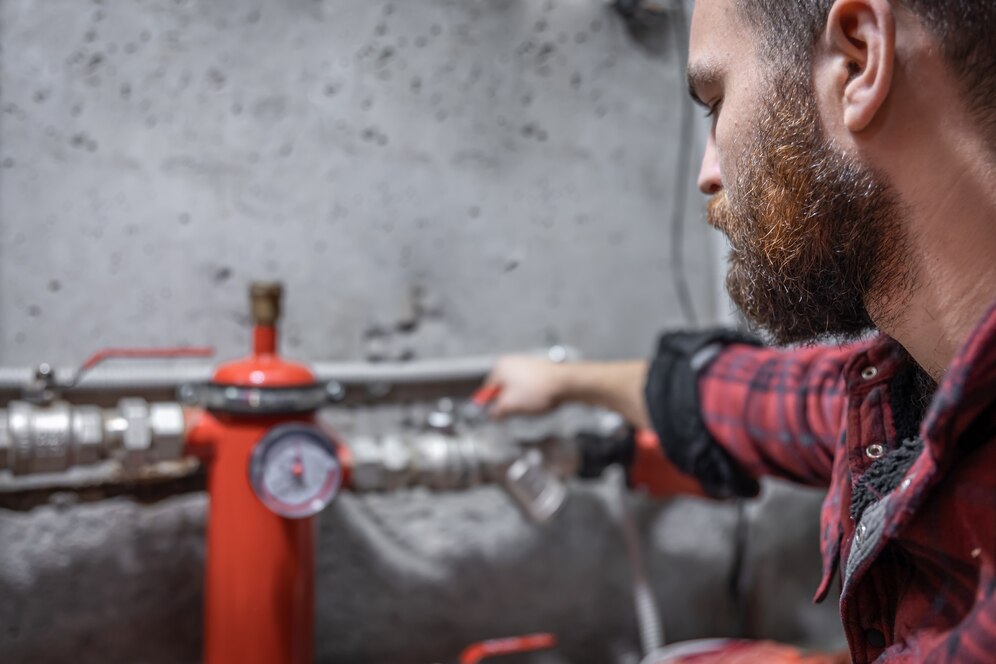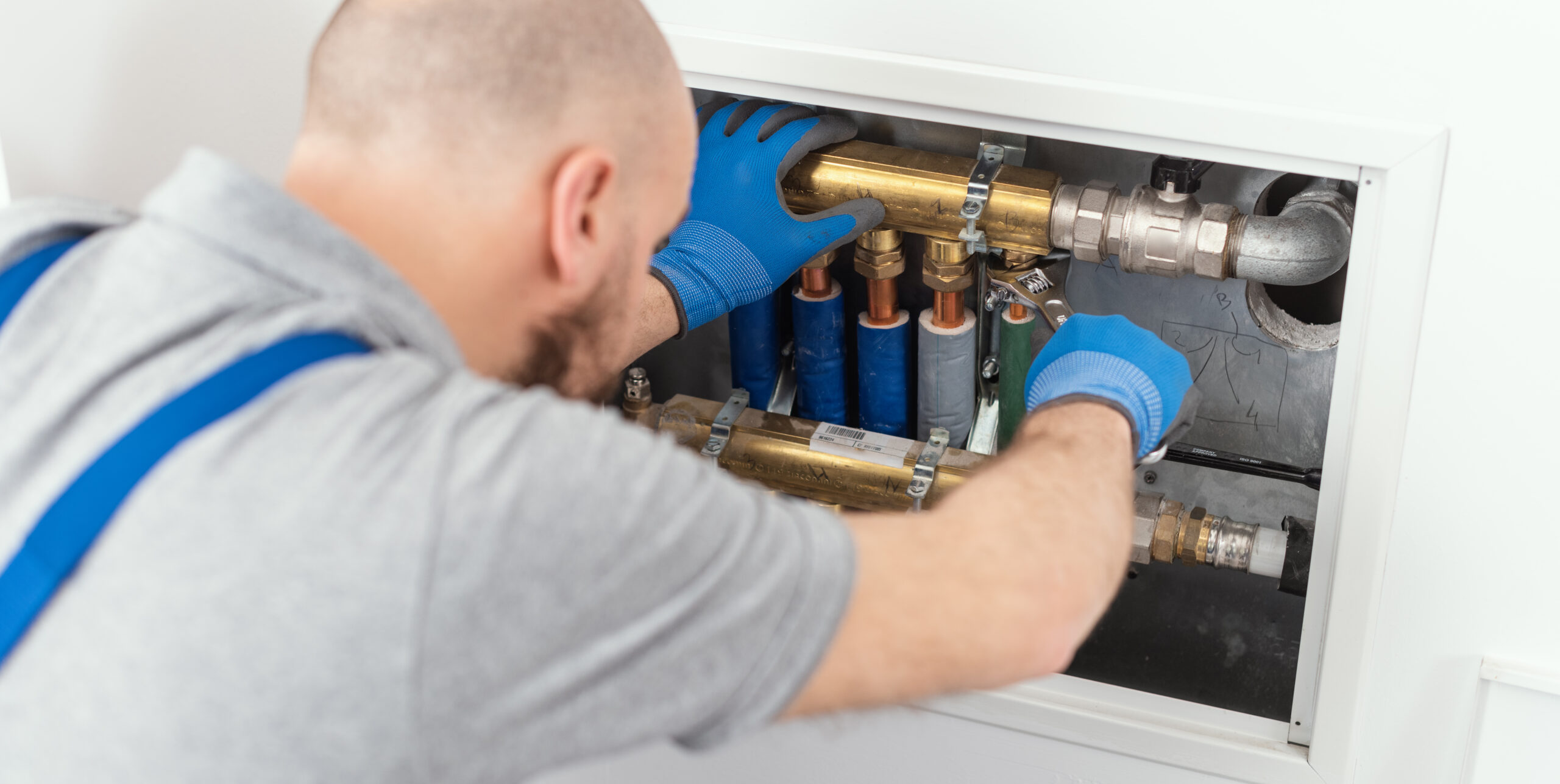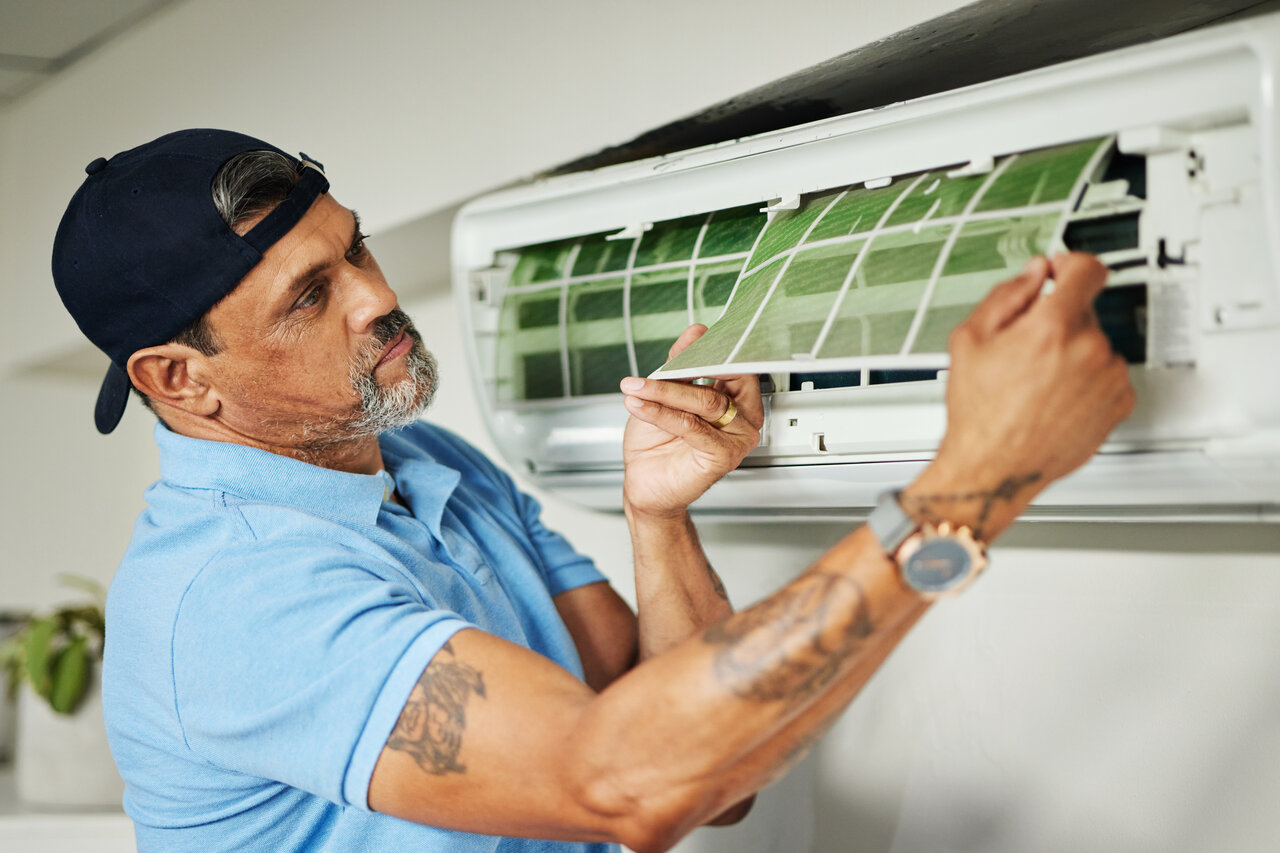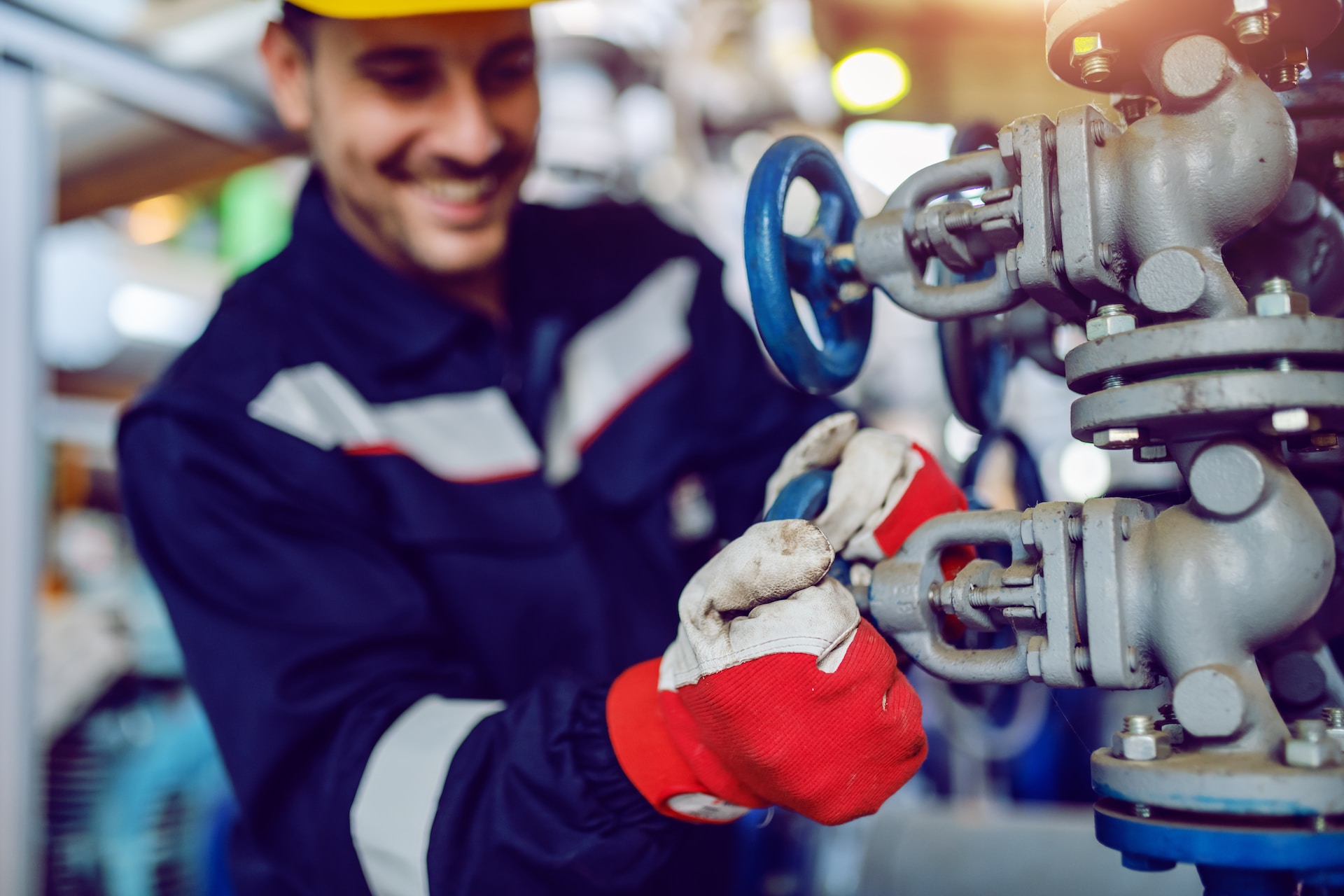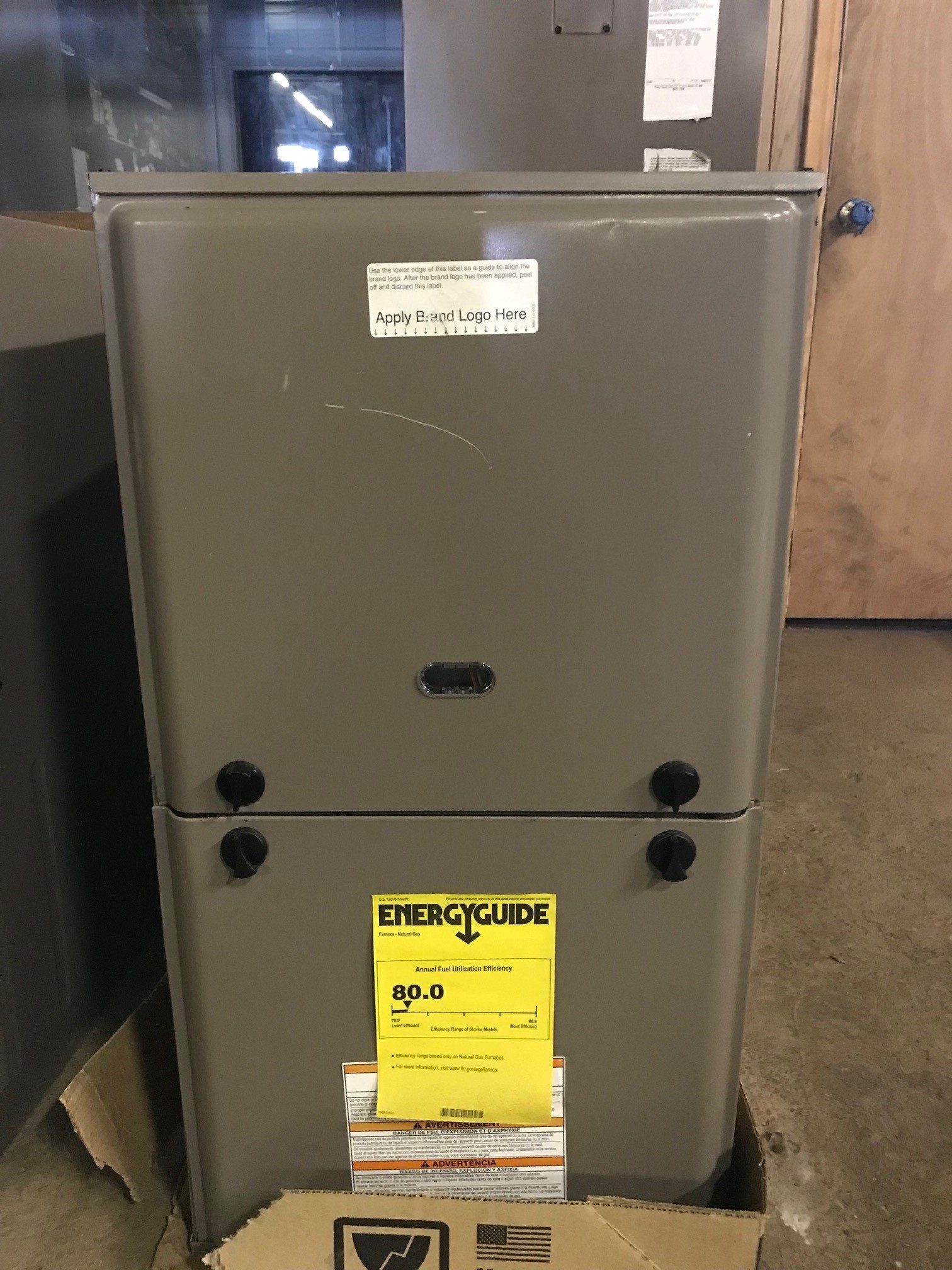Water Heaters 101: Selecting the Ideal System for Your Home’s Hot Water Needs
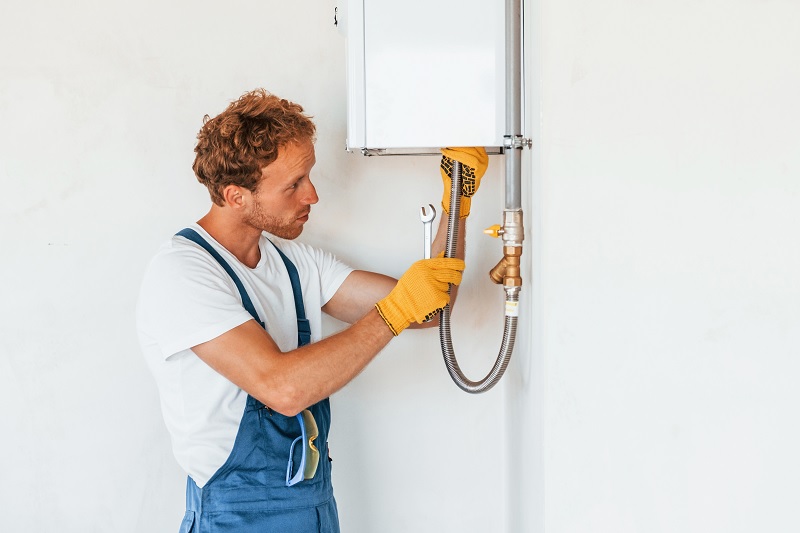
Hot water is essential to modern living, providing the comfort and convenience we enjoy in our daily routines. A reliable and efficient water heater is fundamental to a comfortable home, from bathing to cooking and cleaning. With various water heater options available, selecting the ideal system for your specific needs can be daunting. In this comprehensive guide, we will explore the critical factors to consider when choosing the right water heater to fit your home’s unique requirements seamlessly.
As an HVAC and plumbing company serving Washington DC and metropolitan areas, Hugee Corporation understands how vital it is to have an adequate and consistent hot water supply and the importance of an energy-efficient and cost-effective water heater. To make an informed decision, it’s necessary to consider factors such as:
– Fuel source: Determine the most readily available and cost-effective fuel source in your area, like electricity, natural gas, or propane.
– Energy efficiency: Opt for a water heater with an excellent energy efficiency rating to help minimize energy consumption and overall costs, aligned with your environmental and financial goals.
– Storage capacity: Choose a water heater with a storage capacity that meets your household’s hot water demand and is sized appropriately to avoid energy waste or insufficient hot water supply.
– Space requirements: Ensure the selected water heater system can be seamlessly integrated into your home, considering aspects like available space, plumbing connections, and any necessary modifications.
Water heaters come in various types, including traditional storage tank systems, tankless on-demand systems, and heat pump water heaters. Each type has its advantages and drawbacks, and selecting the perfect system for your home depends on your specific needs, preferences, and hot water usage habits.
Our experienced professionals are here to help navigate these essential considerations, guiding you through the selection process to ensure you’re investing in a water heater that best meets your needs and lifestyle. By making the right choice, you’ll enjoy reliable hot water, energy savings, and peace of mind knowing that your home’s hot water system is efficient, effective, and tailored to your unique requirements.
Begin your journey to optimal hot water comfort and efficiency with our professionals at Hugee Corporation by your side, guiding you to the perfect water heater for your home.
Types of Water Heaters: Pros and Cons
Before diving into the specific criteria for selecting a water heater, it’s essential to understand the different types of water heaters available on the market. Each type has its benefits and downsides, and understanding these distinctions will help you choose the system that best fits your needs:
1. Storage Tank Water Heaters: These are the most common type of water heater, featuring an insulated tank that stores and heats a large volume of water. They are available in various fuel options, including natural gas, propane, and electricity. While they’re up-front and cost-effective, their energy efficiency is lower than newer options.
Pros:
– Affordable, upfront cost
– Simple design, making maintenance more accessible
– Wide variety of sizes and fuel options
Cons:
– Increased standby energy loss due to stored hot water
– Takes up more space than other types
– Limited hot water supply based on tank capacity
2. Tankless (On-Demand) Water Heaters: These systems heat water as needed by passing it through a series of heating coils. This approach eliminates the need for a storage tank, significantly reducing standby losses. Tankless water heaters are more energy-efficient and provide an endless hot water supply; however, they generally cost more upfront.
Pros:
– Energy-efficient due to minimized standby losses
– Space-saving and can be installed on walls
– Unlimited hot water supply
Cons:
– Higher upfront cost
– Limited flow rate, which may require multiple units for larger households
– More complex installation and maintenance
3. Heat Pump (Hybrid) Water Heaters: These systems use electricity to extract heat from the air or ground to heat water, making them a highly energy-efficient option. While they have a higher upfront cost, significant energy savings can offset this over time.
Pros:
– High energy efficiency, leading to lower operating costs
– Environmentally friendly, using renewable heat sources
– Can also provide cooling depending on the system
Cons:
– Higher upfront cost
– Requires adequate space and specific environmental conditions to function optimally
– May require supplemental heating in colder climates
Fuel Source: Efficiency and Availability
Determine the most readily available and cost-effective fuel source for your water heater, including electricity, natural gas, or propane. Each fuel source has its advantages, and regional pricing can significantly impact your choice:
– Electricity: Electric water heaters typically have lower upfront costs, but they may have higher operating costs than gas or propane systems. However, they are often easier to install and maintain.
– Natural Gas: Gas-powered water heaters usually have a lower operating cost than electric ones, but they require proper venting and specific installation requirements.
– Propane: A suitable option for homes without access to natural gas, propane water heaters can offer similar performance and efficiency. However, fuel costs may be higher, depending on your area.
Energy Efficiency: Save Money and the Environment
A water heater’s energy efficiency is a critical factor in reducing energy consumption and lowering your energy bills. To compare energy efficiency among different models, look for the unit’s Energy Factor (EF) or Uniform Energy Factor (UEF). Higher ratings indicate more efficient systems, translating to lower operating costs and minimized environmental impact.
Storage Capacity: Sizing Matters
Selecting the appropriate size water heater is essential for ensuring a consistent supply of hot water without wasting energy. Consider your household’s peak hot water demand for storage tank water heaters and choose a tank size accordingly. Alternatively, evaluate the unit’s flow rate (gallons per minute or GPM) for tankless water heaters and ensure the system can meet simultaneous hot water demand from multiple fixtures.
Space Requirements: Find the Perfect Fit
Water heaters come in various sizes and designs, with some requiring more space and installation considerations than others. Consider the size and type of your designated water heater location and ensure that your selected system will fit seamlessly into the space.
Making the Right Choice for Your Home
Ultimately, the perfect water heater for your home depends on your unique requirements, preferences, and hot water usage habits. By considering factors like fuel source, energy efficiency, storage capacity, and space requirements, you can make an informed decision that will benefit your household for years to come.
With the assistance of our knowledgeable professionals at Hugee Corporation, you can confidently navigate the water heater selection process, ultimately investing in a system that offers optimal comfort, efficiency, and reliability. Contact us today at Hugee Corporation to discuss your hot water needs and find the perfect water heater in Bowie, MD.


